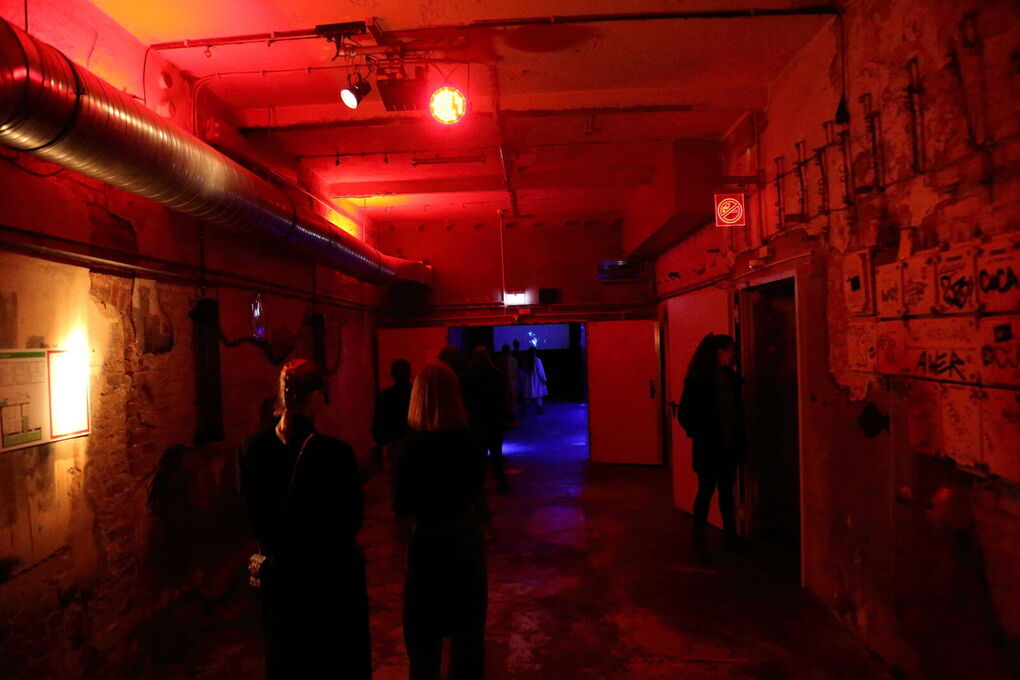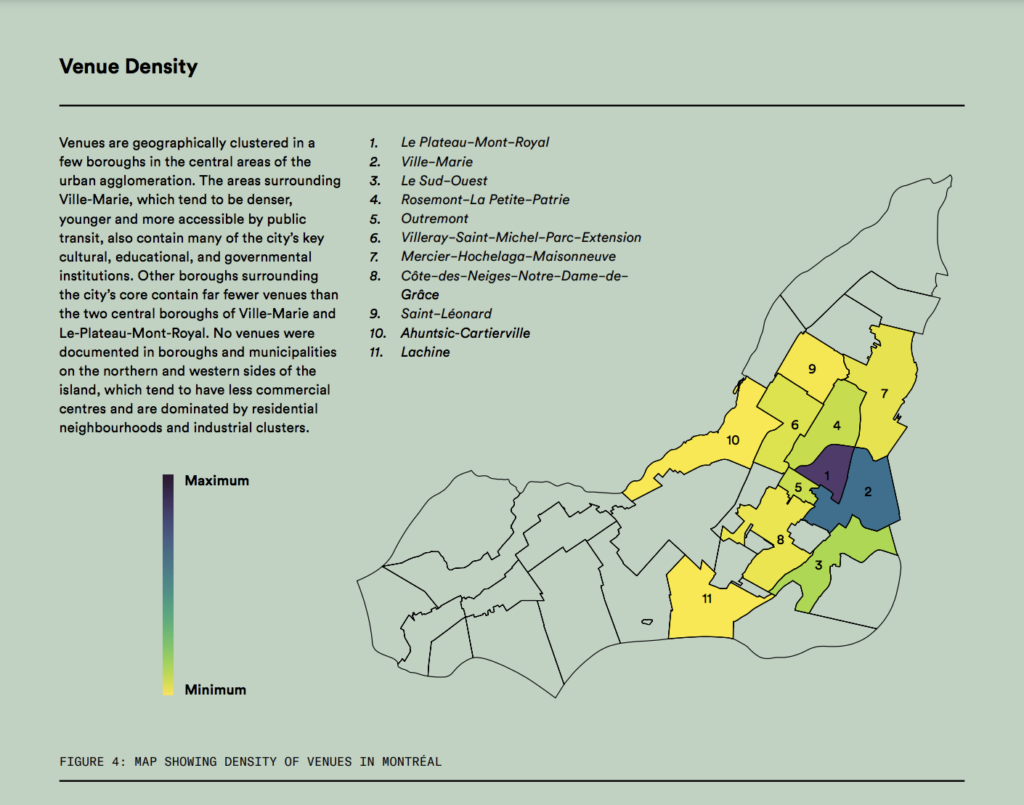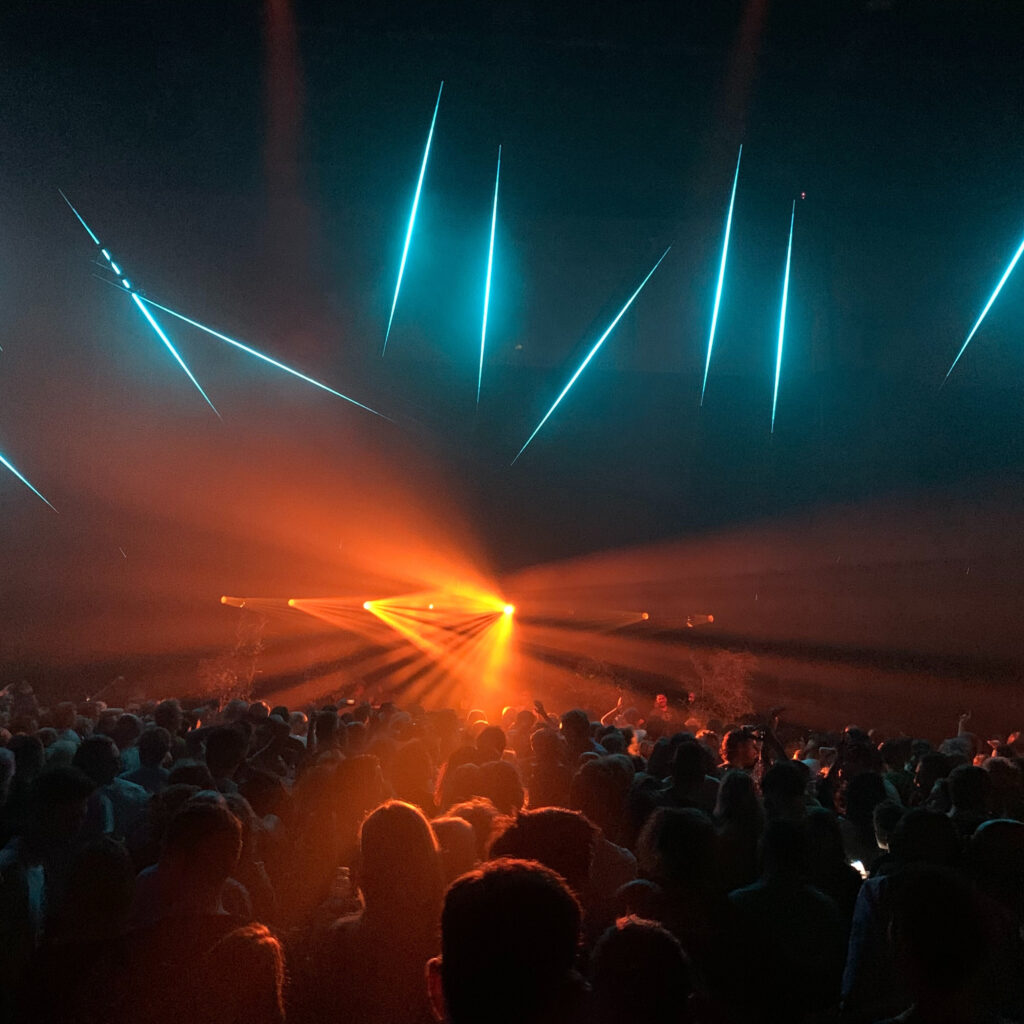Cities After Dark Chronicles: What can you do to protect venues at risk in your city?
This feature is part of our latest newsletter series we’re excited to launch! Dedicated to exploring the challenges and strategies for preserving nightlife culture around the globe. Cities After Dark Chronicles kicks off with a deep dive into an approach to saving at-risk venues.

Photo: Max Titov
What can you do to protect venues at risk in your city? This is what we did in Montréal
As our cities evolve and urban development progresses exponentially, costs rise and threats to beloved music venues intensify. You may discover that once-thriving hometown clubs are struggling to survive; some may have already closed for good. Many cities today are losing such establishments that are battling against the pressures of urban change.
City administrations, especially in larger metropolises, can easily lose track of those venues and overlook venue closures amidst other urgent challenges. But nocturnal life is built on smaller businesses, and as more and more are lost, nighttime culture will suffer. A vivid night is an important part of healthy and functional cities.
Explore how we tackled venue protection amidst urban shifts
It is in these moments of questioning what is happening with the culture in your city that the seeds of positive change are sown. In the face of venue closures and the uncertain fate of once-thriving nightlife spaces, it is crucial to recognize that these challenges often stem from external forces rather than mismanagement. Unaddressed issues can rapidly push thriving nightlife establishments into vulnerability and risk of extinction.
However, in every obstacle lies an opportunity—a solution waiting to be unearthed. You just need to identify the causes precisely. Cities may seemingly share the same problems, however, labeling them with general terms like “gentrification” obscures city-specific manifestations and does not allow for tailor-made solutions.

On the ground in Montréal, we learned about the pressures faced by nightlife operators. Local venue owners felt like they had hit the ceiling like there was no way they could grow under current conditions. One reason is that venue rents have more than doubled in the past five years. This is especially threatening to independent venues that operate close to the margin. This also prevents new independent venues from opening. We observed that rents are increasing most rapidly in venue-dense parts of the city, meaning that these districts are at risk of losing vibrancy and diversity in their nightlife.
Venue owners and operators were not only feeling these economic pressures. Squeezing them on the other end were pressures from existing and new neighbors. We heard a number of stories about contentious relationships between venues just wanting to provide nightlife experiences and neighbors just wanting to sleep. Venue owners and operators are finding creative solutions on their own in the absence of mediation by the city. Some, like Jules Gauliard-Martineau from Quai des Brumes, speak directly with neighbors to find solutions.
Cultural Infrastructure mapping at service
Claudy Philius, veteran promoter, and FRKY co-founder describes the damaging cycle of gentrification as new housing developments and their new occupants lead to venue displacement: “Everyone flocks to these condos because there’s an interesting nightlife…then boom…complaints left and right.”
Through cultural infrastructure mapping, we were able to identify the characteristics of venues at risk and what measures can prevent them from disappearing. In Montréal, we found that in particular, bars with dance floors in rapidly developing residential areas faced the most challenges. Conflicts between residents and businesses in these areas intensified, as urban development has created denser, mixed-use neighborhoods.
Operating late into the night also made these venues more susceptible to noise complaints, thus jeopardizing lease renewal. This cultural infrastructure mapping exercise proved instrumental in understanding the nuances specific to Montréal. Using this valuable information, we were able to deliver step-by-step recommendations that took into account implementation timelines and their feasibility and applicability in Montréal.
For example, not much can be done in the short term about doubling rents. However, if you can identify all of the sources of the pressures faced by venues, you can therefore create a strategy that will ease these pressures step-by-step. That is exactly what we did in Montréal.


Photo: Amir Toossi
But what about your city? The issues plaguing your cultural hubs might differ, whether stemming from all types of urban development struggles or exacerbated by mismatched urban policy frameworks. Without the right research tools, addressing these challenges remains a matter of speculation.
Cultural infrastructure mapping serves not only as a tool for researching the problem. It is also a protective measure for avoiding future clashes between venues and residents in your dynamic neighborhoods. Cultural infrastructure mapping has proven effective in cities that face similar challenges to Montréal. Solutions have included the expansion of sound protections for nightlife venues – for example, the adoption of the ‘agent of change’ principle.
Our success in Montréal was rooted in research-driven insights and proactive measures. We were able to identify a set of unique problems, revise city frameworks, and come up with sustainable solutions that helped to bridge gaps between nighttime culture, nocturnal businesses, and the city administration.
We are committed to extending our expertise to your communities, leveraging data-driven strategies to protect and revitalize local nightlife venues.
